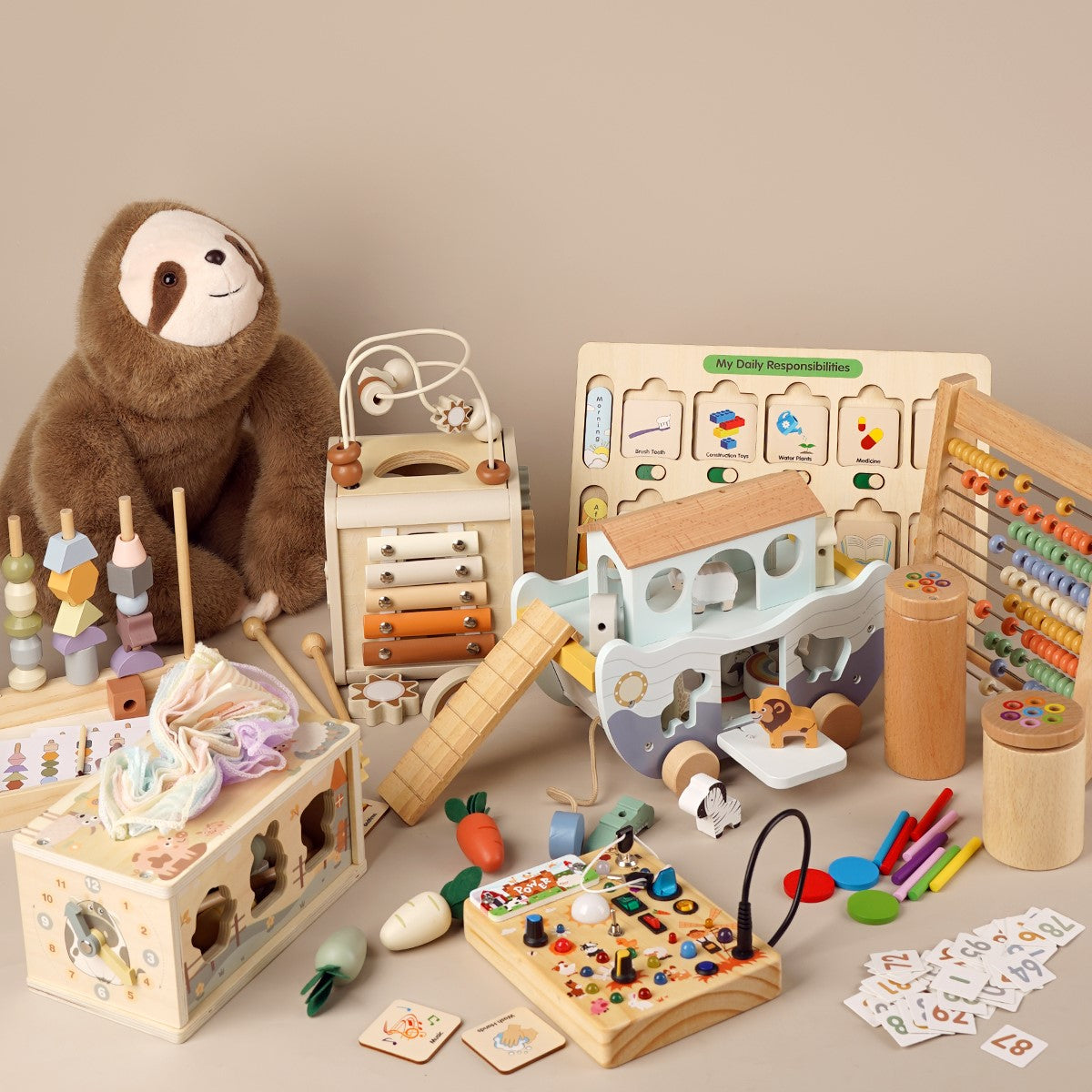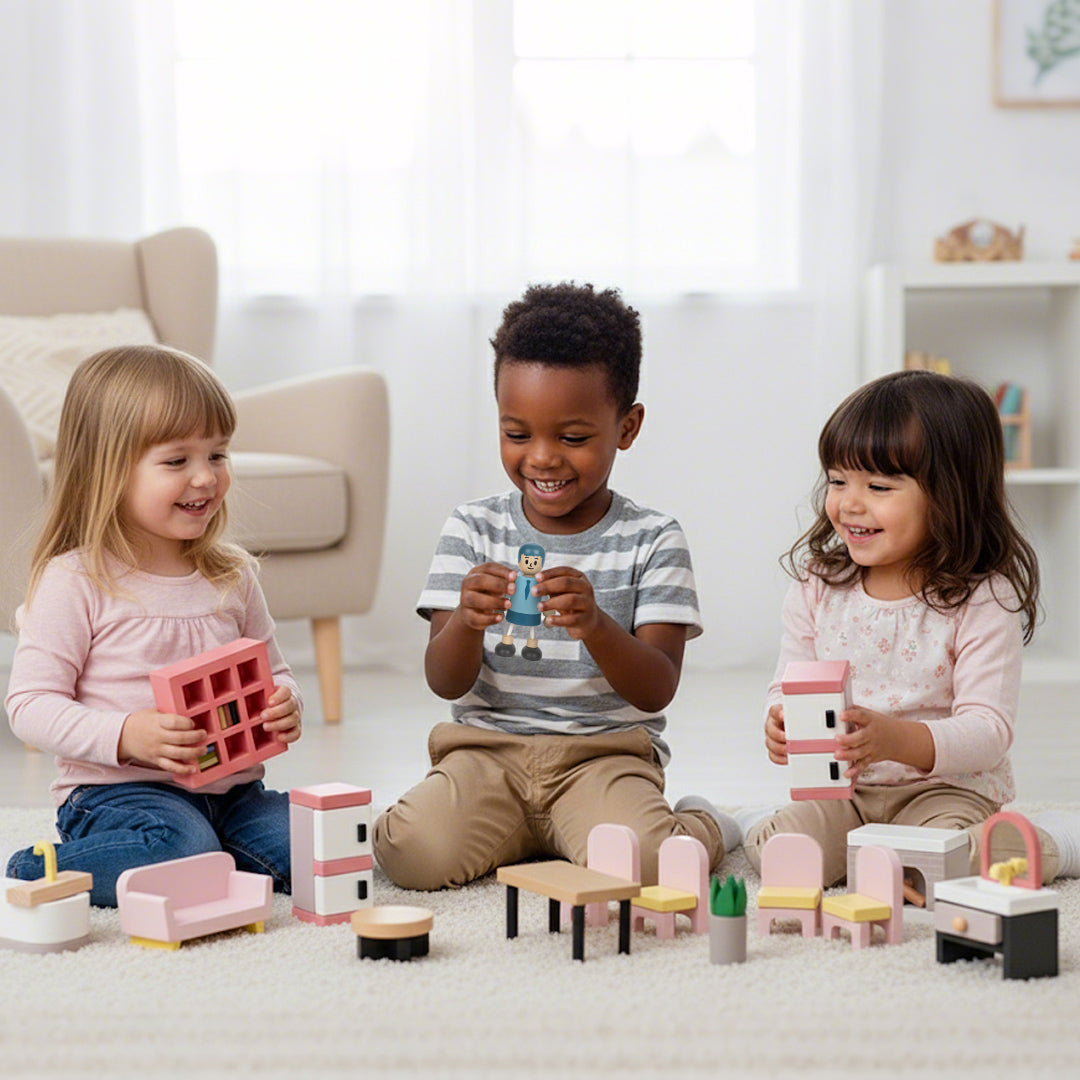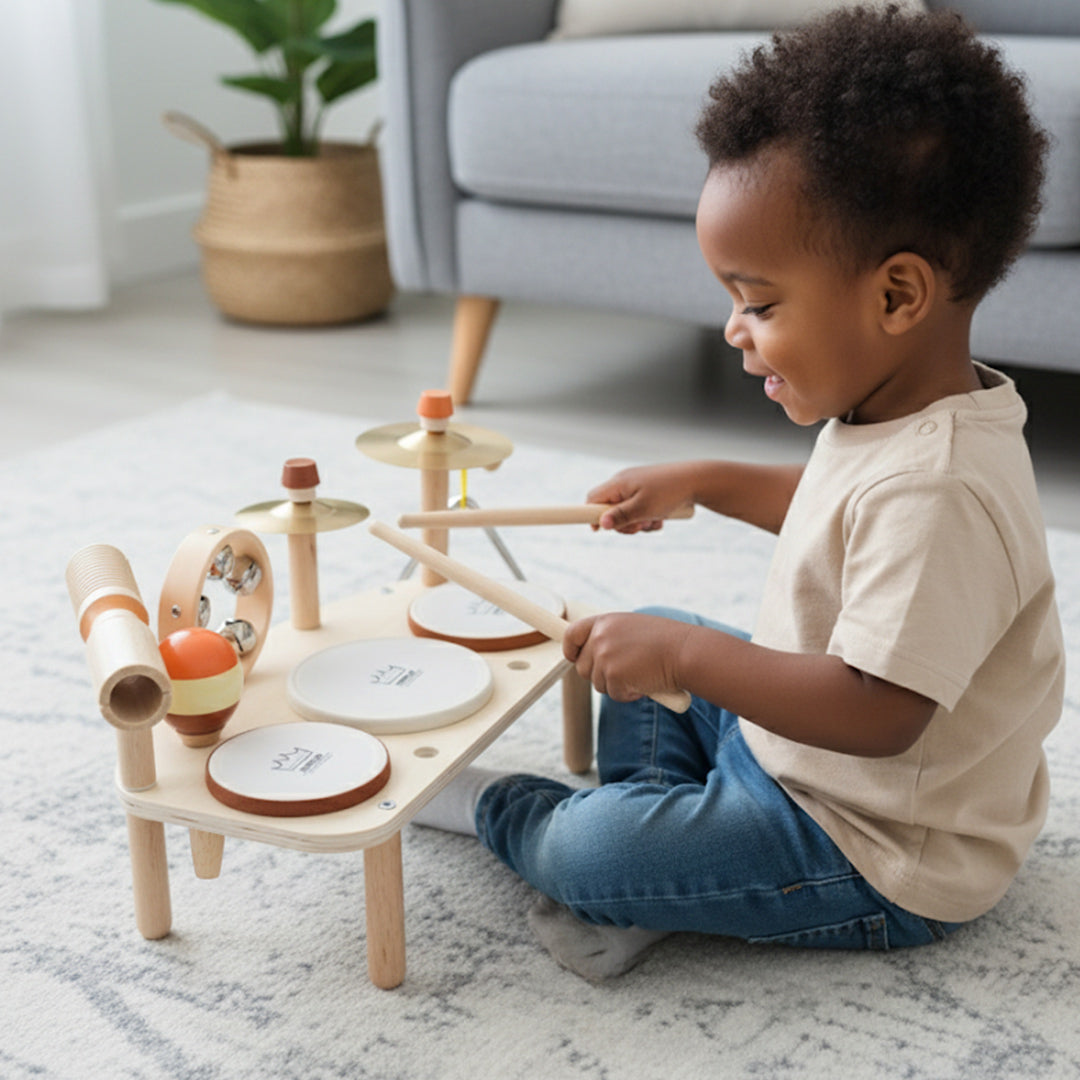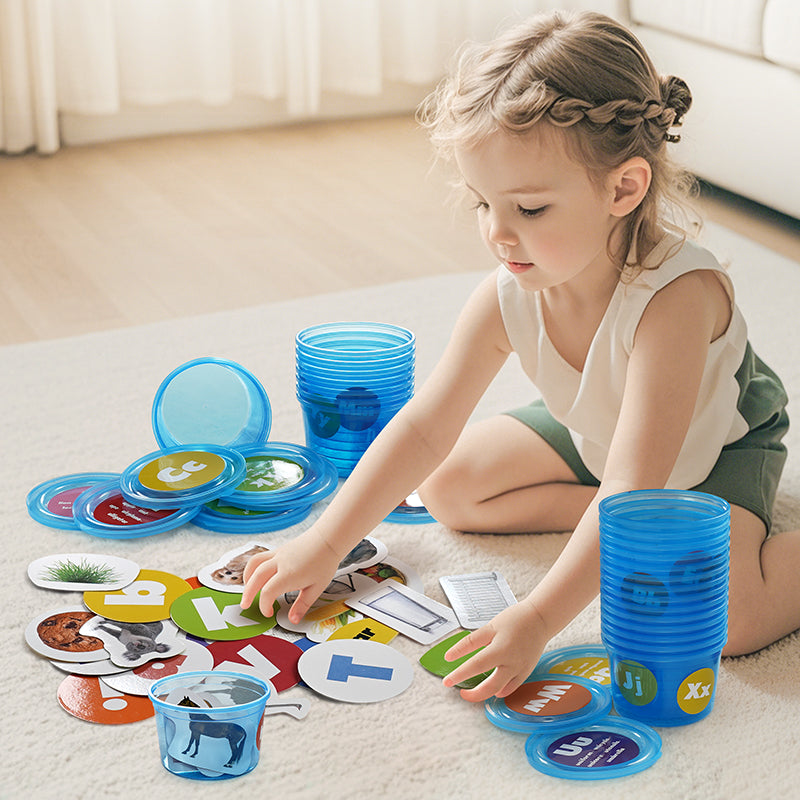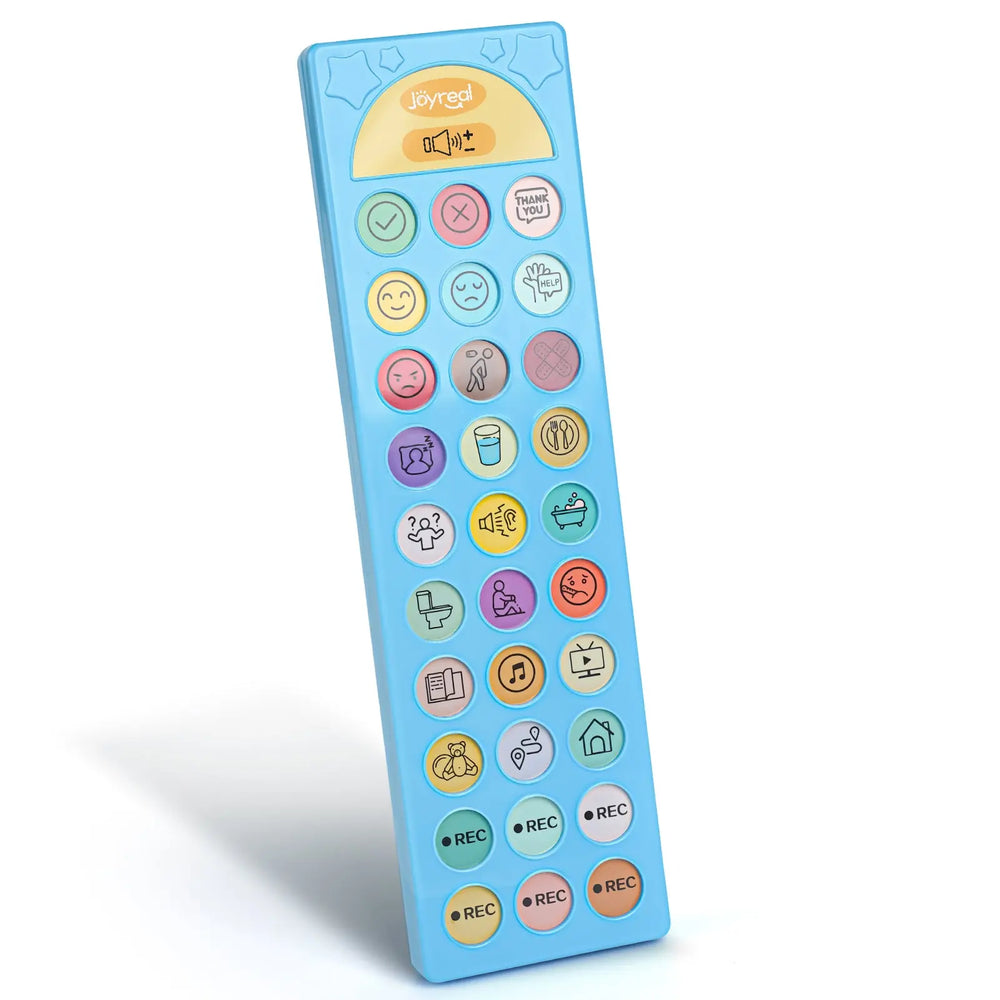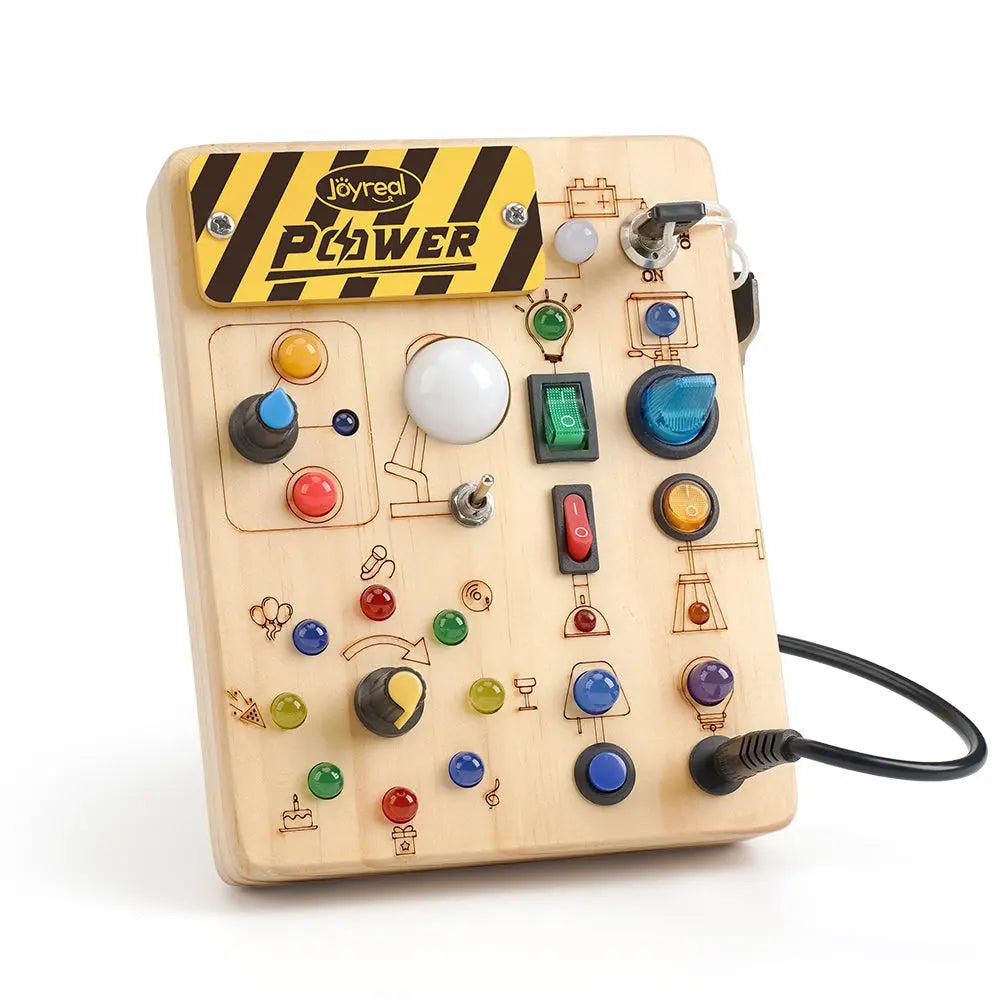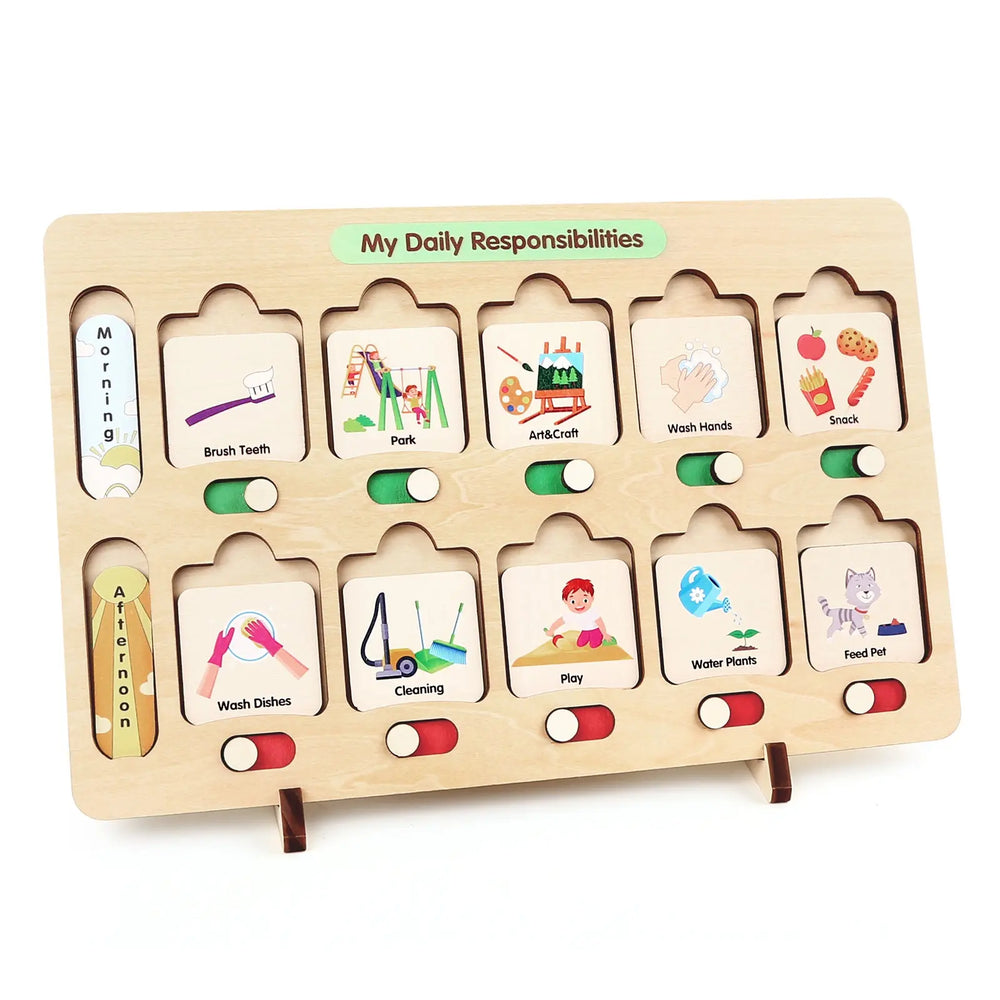Helping Your Nonverbal Autistic Child Express Themselves
One of the most heart-wrenching questions parents of nonverbal autistic children ask is, "Will my child ever speak?" While every child on the autism spectrum is unique, research and real-life experiences show that some nonverbal children do develop speech later in life.
1. What Does "Nonverbal Autism" Mean?

A child is considered nonverbal if they do not use spoken words to communicate by age 4 or 5. Some may never speak, while others develop language later.
- Spectrum Variability: Some nonverbal autistic children may use limited words, echolalia (repeating phrases), or sounds without functional speech.
- Important Note: Nonverbal does not mean non-communicative—many children express themselves through gestures, sounds, or assistive technology.
Reference: https://www.nm.org/healthbeat/healthy-tips/nonverbal-autism-what-it-means
Factors That Influence Speech Development in Children
Speech development is a critical part of a child’s growth, shaping their ability to communicate, learn, and form relationships. While most children follow a predictable pattern of language acquisition, several factors can influence the pace and effectiveness of their speech development. Understanding these influences can help parents, caregivers, and educators provide the right support for children to thrive in their communication skills.
Key Factors Affecting Speech Development
1. Biological and Genetic Factors
A child’s innate biological makeup plays a significant role in how they develop speech and language. Some key influences include:
- Hearing Ability – Children learn speech by listening. Hearing impairments, even temporary ones (like frequent ear infections), can delay language development.
- Neurological and Genetic Conditions – Disorders such as autism spectrum disorder (ASD), Down syndrome, cerebral palsy, or childhood apraxia of speech can affect speech and language skills.
- Premature Birth or Low Birth Weight – Babies born prematurely may experience delays in speech due to underdeveloped brain structures.
2. Environmental Influences
A child’s surroundings and daily interactions significantly impact their speech development. Important environmental factors include:
- Language Exposure – Children who hear rich, varied language from parents, caregivers, and peers tend to develop stronger vocabulary and grammar skills.
- Parent-Child Interaction – Frequent conversations, reading aloud, and responsive communication encourage faster speech development.
- Bilingualism – Learning multiple languages may cause a temporary delay but ultimately enhances cognitive flexibility and communication skills.
- Screen Time – Excessive passive screen exposure (TV, tablets) without interactive dialogue can hinder speech and language growth.
3. Social and Emotional Factors
A child’s emotional well-being and social experiences also shape their ability to communicate:
- Responsive Caregiving – When parents and caregivers actively respond to a child’s attempts to speak (even babbling), it reinforces language learning.
- Peer Interaction – Playing and talking with other children helps kids practice speech in a natural, engaging way.
- Stress and Trauma – High-stress environments, neglect, or emotional distress can slow speech development.
4. Cognitive and Motor Development
Speech is closely linked to a child’s cognitive and physical abilities:
- Cognitive Skills – Strong memory, attention, and problem-solving abilities support language learning.
- Oral-Motor Skills – Weakness in mouth and tongue muscles (e.g., due to conditions like dysarthria) can affect pronunciation and clarity.
Nonverbal Doesn’t Mean Non-Communicative: Understanding Your Child’s Voice
For many autistic children, spoken language isn’t their primary way of communicating—but that doesn’t mean they aren’t expressing themselves. Nonverbal or minimally verbal autistic individuals have rich inner worlds and unique ways of sharing their thoughts, needs, and emotions. As parents, caregivers, and educators, learning to recognize and honor these forms of communication is key to building connection and understanding.
How Nonverbal Autistic Children Communicate
While they may not use words, autistic children often communicate through:
1. Body Language & Facial Expressions
- Gestures – Pointing, reaching, or pulling someone toward an object.
- Facial cues – Smiling, grimacing, or widening eyes to express emotions.
- Physical actions – Leading an adult by the hand to show what they want.
2. Sounds & Vocalizations
- Humming, squealing, or repeating sounds – These may indicate excitement, discomfort, or a need for attention.
- Echolalia – Repeating words or phrases (even from TV or past conversations) to communicate meaning.
3. Behavior as Communication
- Self-stimulatory behaviors (stimming) – Hand-flapping, rocking, or spinning may express joy, anxiety, or sensory needs.
- Meltdowns or shutdowns – Extreme reactions can signal overwhelm, pain, or frustration when other communication fails.
4. Alternative Communication Methods
- Picture Exchange (PECS) – Using images to request items or express needs.
- Sign Language or Gestures – Modified signs or invented motions to convey messages.
- Augmentative & Alternative Communication (AAC) – Speech-generating devices, tablets with communication apps, or letter boards.
Therapies That May Help Nonverbal Autistic Children Speak
Nonverbal autism, often defined as limited verbal communication, impacts many children with autism spectrum disorder (ASD). While these children may not use spoken language, interventions and therapies can support their communication development and potentially enable verbal expression.

Joyreal AAC Communication Devices
1. Augmentative and Alternative Communication (AAC) Devices like the Joyreal AAC Communication Tool provide a pathway for children to express themselves. These devices often include features such as programmable buttons, color-coded emotional cues, and custom voice recordings to bridge nonverbal and verbal communication. The tool reduces stress by allowing immediate needs expression and may significantly benefit early learners or those transitioning from picture exchange communication systems (PECS) to verbalization.
2. Play-Based Speech Therapy Incorporating toys and activities, therapists create engaging sessions that foster communication. Toys like educational or sensory-focused ones can maintain attention and encourage vocalizations during therapy.
3. Modeling and Prompting Speech therapists can model simple words or phrases and use gentle prompting to encourage repetition. Frequent and consistent exposure to sounds and words builds a foundation for verbal speech.
4. Music Therapy Using rhythm and melody has been found helpful in stimulating brain areas responsible for speech. Singing along to music or playing musical games can encourage vocal imitation.
5. Visual and Gestural Support Pairing speech with hand gestures or visual aids offers multimodal inputs, which can be less daunting for some children and serves as a bridge to eventual speech.
6. Parent and Caregiver Training Involving parents in therapy empowers them to reinforce techniques at home. For instance, using tools like the Joyreal aac communication devices during everyday interactions promotes consistent communication efforts.
When to Consider AAC (Augmentative and Alternative Communication)
-
Minimal or No Verbal Speech
If your child cannot express themselves verbally due to developmental delays or other conditions like nonverbal autism, AAC tools can empower them to communicate effectively.
-
Struggles With Being Understood
When a child attempts to speak but others frequently misunderstand them, AAC can provide clearer modes of expressing thoughts and ideas.
-
Frustration and Behavioral Challenges
Communication difficulties can lead to frustration, tantrums, or withdrawal. Introducing AAC can reduce this frustration and enhance social interaction.
-
Delayed Speech Development Without Alternatives
If a child is lagging in language milestones without compensating gestures, expressions, or other nonverbal cues, AAC tools serve as valuable bridges to communication.
-
Difficulty Interacting in Social Settings
AAC devices can help children engage in social scenarios more meaningfully, fostering relationships and inclusion.
-
Complex Physical or Medical Conditions
Children with physical disabilities affecting speech mechanisms, such as cerebral palsy, may use AAC as a primary means of communication.
Breaking Age Boundaries: How Joyreal AAC Communication Tool Supports Users of All Ages
-
Toy-Style Design and Educational Appeal
Unlike traditional AAC devices, the Joyreal tool incorporates the aesthetics and functionality of an early education toy. Its playful design captures the interest of children, making it engaging and fun to use. This reduces the chances of children becoming irritable or rejecting the tool, fostering sustained interaction and learning.
-
Early Intervention for Communication Development
Joyreal is not limited to serving as an AAC aid; it functions as a developmental tool that can be introduced early in a child's life. Early-stage intervention is pivotal in helping autistic children and others with speech challenges to develop communication skills. By combining entertainment and education, Joyreal supports speech development in a stress-free way, allowing children to learn in the joy of play.
-
More Than Just an AAC Device
Joyreal redefines itself as an early education toy and a communication aid, seamlessly combining utility with fun. This dual functionality ensures that children experience natural and enjoyable learning experiences while gradually acquiring language and communication skills.
-
Breaking Age Barriers
Regardless of a user's age, the Joyreal AAC tool is adaptable and supportive. Its customizable features enable caregivers and therapists to program it to meet individual communication needs, making it effective for toddlers, children, and even older individuals seeking an engaging communication tool.
 Conclusion
Conclusion
Speech development is shaped by a mix of genetic, environmental, social, and cognitive factors, and by creating a nurturing, language-rich environment while being attentive to potential challenges, parents can help their children build strong communication skills—with early intervention being key to ensuring children reach their full potential.
Joyreal embodies this philosophy through its unique approach to AAC devices, proving that communication aids don't need to be clinical or intimidating; by blending education with entertainment, it creates an engaging environment where children learn and progress while enjoying play, making speech development accessible, joyful, and inclusive for all.
Maybe it will be helpful for you:
Recent Post

What Finally Helped My Toddler Speak Up?
If you’re a toddler mom, you already know how much emotional weight...

Joyreal Christmas Toys Deals 2025
Enjoy instant savings across nearly every category, from early lear...

How Wooden Montessori Toys Support a Sustainable Childhood
Most parents don’t say it out loud, but many feel the same quiet fr...

Top Christmas Gifts to Help Kids Communicate Better This Holiday Season
The holiday season brings joy, family bonding, and endless opportun...

How to Make DIY Printable Communication Boards
Communication is at the heart of every child’s development — and fo...

Top 5 Christmas Gifts That Bring Families Closer (2025 Guide)
Christmas isn’t just about the gifts — it’s about the moments we c...

Top Musical Christmas Gifts for Toddlers & Preschoolers 2025
Why Musical Gifts Are Perfect for Toddlers and Preschoolers Music h...

Joyreal AAC Devices Wholesale Partner
In today’s educational and therapeutic environments, speech therapi...

Joyreal AAC Device – Big Sale for Autism & Speech
Every Voice Deserves to Be Heard Imagine your child looking up at y...

How to Choose Safe & Educational Toys for Christmas 2025
When “Just a Toy” Means So Much More If you’re a parent, you know t...
